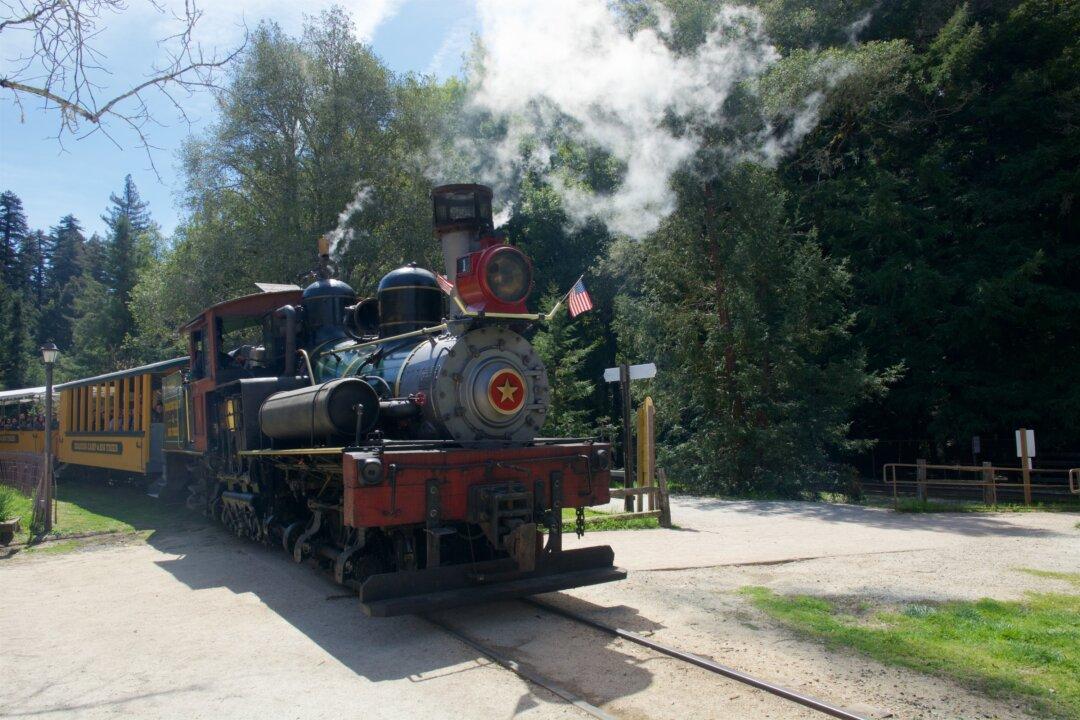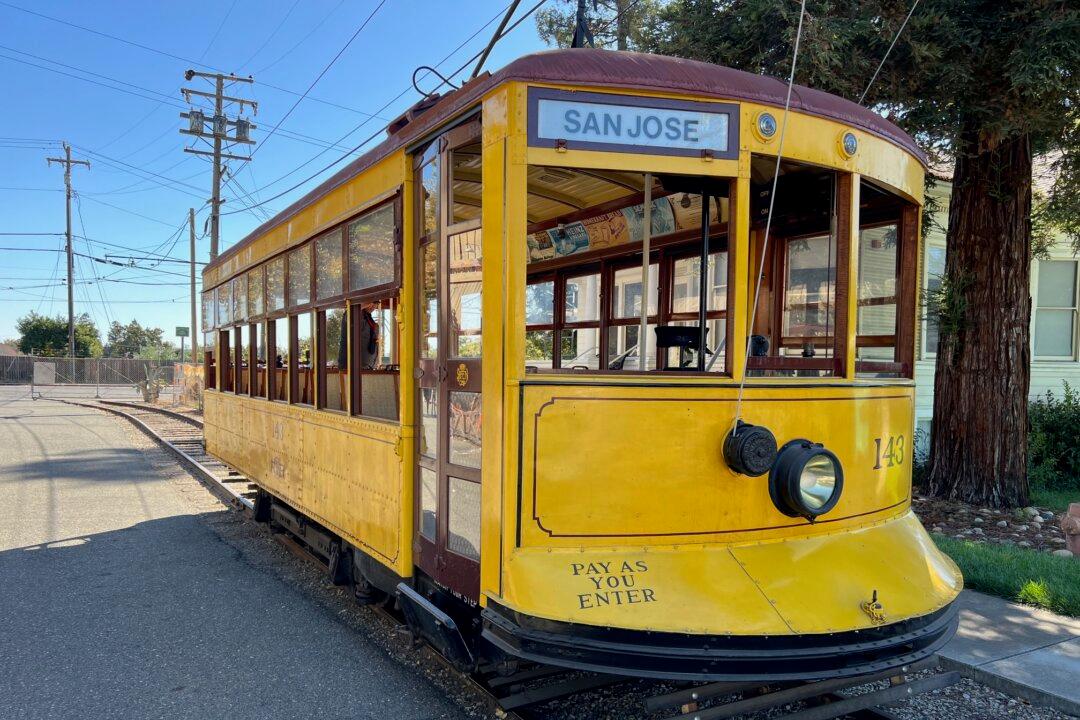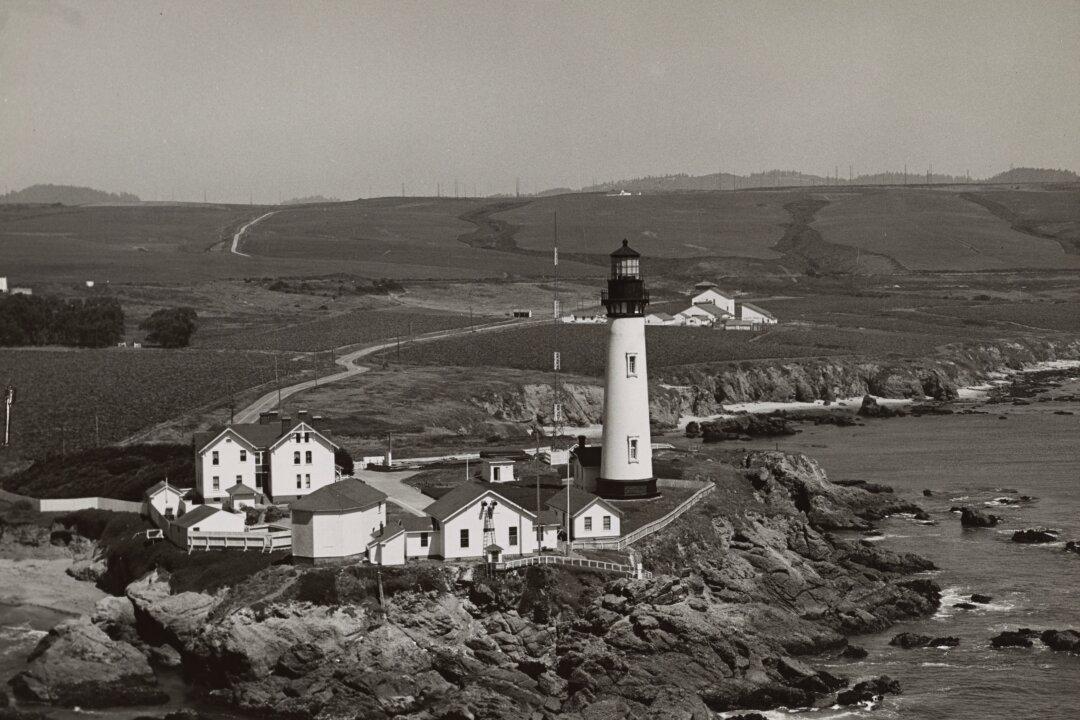As the train ascended the tight curves of Bear Mountain in Santa Cruz, California, it began to sing. Harmonic tones rang out among redwood trees as the projecting edge (flange) of the train’s wheels pressed up against the inside of the rails.
“This railroad has tighter curves than almost any other railroad in the country,” the conductor later explained, making the wheels “want to sing a little bit when they go around the curves.”





